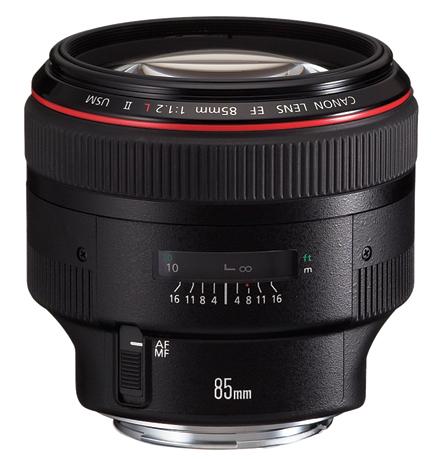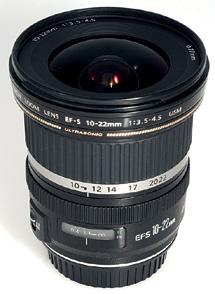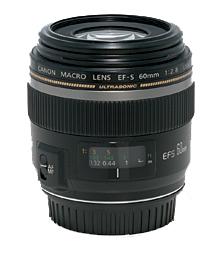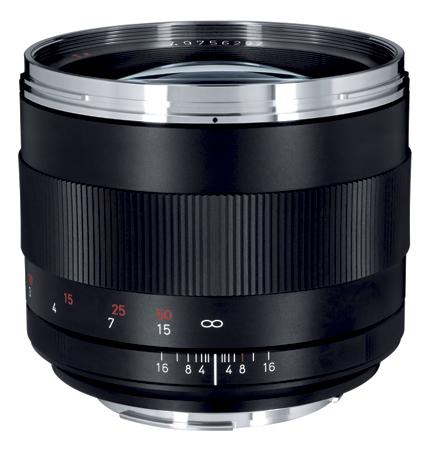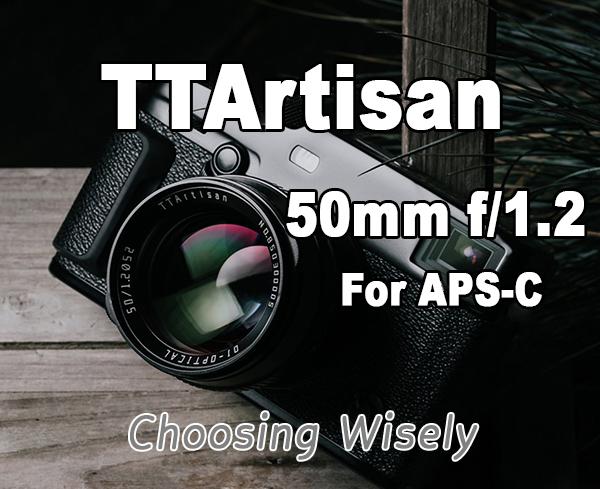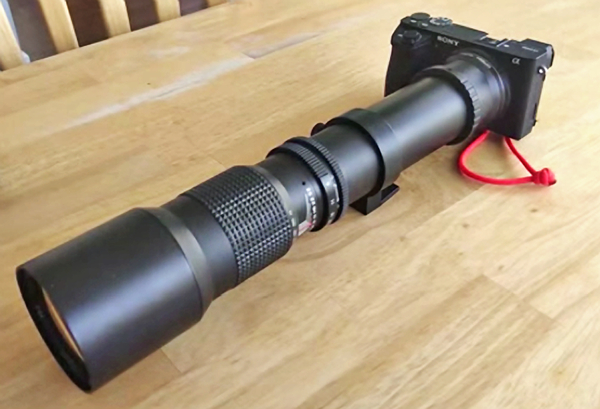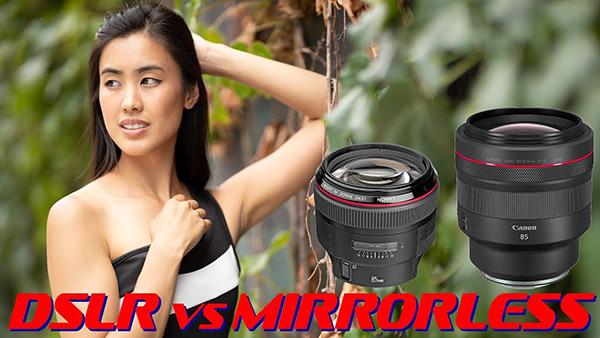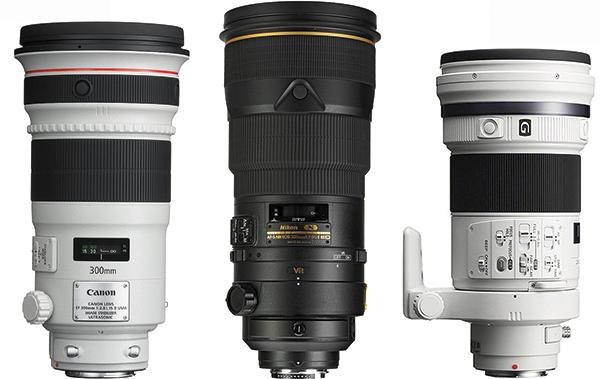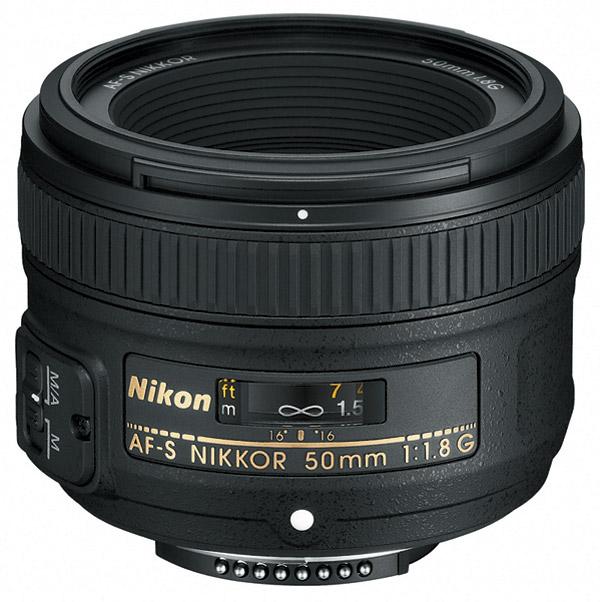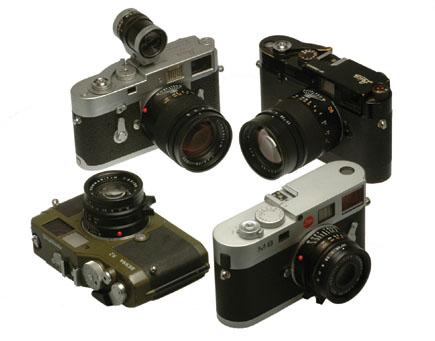Lens Reviews
Sort By: Post DateTitle Publish Date
|
Aug 01, 2006 |
|
Dec 01, 2005 |
|
Apr 01, 2006 |
Carl Zeiss Planar T* 85mm f/1.4 And Planar T* 50mm f/1.4; Lenses For Low-Light Photography And More…
|
Aug 01, 2009 |
|
Aug 01, 2010 |
|
Feb 02, 2024 |
|
May 26, 2017 |
|
Jul 05, 2019 |
|
Jun 01, 2009 |
|
Sep 09, 2011 |
First Published: Aug 01, 2011 |
|
May 16, 2012 |
First Published: Apr 01, 2012 |
|
Feb 16, 2017 |
|
Aug 01, 2010 |
